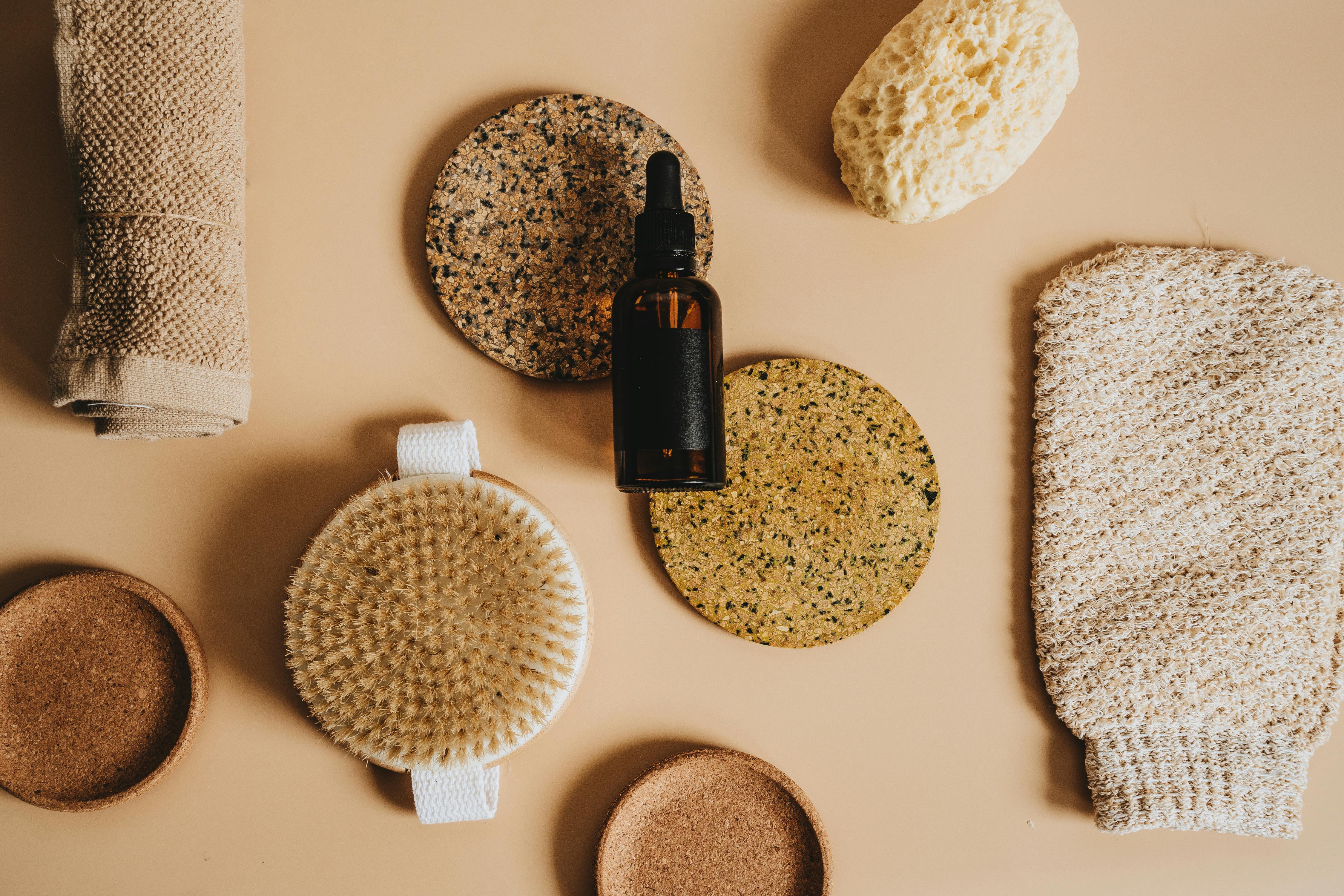Understanding the World of Dermal Fillers: A Comprehensive Guide
The beauty industry has experienced a seismic shift over the last few decades. With advancements in technology, non-invasive procedures have gained popularity, offering individuals an opportunity to enhance their physical appearance without resorting to surgical methods. Among these, dermal fillers have emerged as a popular option. These injectable substances help reduce facial lines, restore volume and fullness in the face, and can even augment facial contours. This article will delve deep into the world of dermal fillers, offering historical context, current trends, and unique insights into this aspect of the beauty industry.

A Look Back: The Evolution of Dermal Fillers
The journey of dermal fillers is a fascinating one. The first recorded use of fillers for cosmetic purposes dates back to the late 19th century when paraffin was used to fill facial defects. However, the results were often disastrous, leading to the search for safer alternatives. In the mid-20th century, bovine collagen was introduced, marking the beginning of a new era in dermal fillers.
The real breakthrough came in the early 2000s with the introduction of hyaluronic acid-based fillers. Hyaluronic acid, a substance naturally found in our bodies, proved to be a game-changer due to its compatibility and temporary nature, reducing the risk of long-term side effects.
Current Trends: Shaping the Future of Dermal Fillers
Nowadays, the use of dermal fillers is not limited to anti-aging. The current trends show a shift towards using fillers for facial contouring. Whether it’s enhancing the cheekbones, defining the jawline, or reshaping the nose, fillers are being used creatively to sculpt the face.
Another popular trend is the ‘liquid facelift’, a non-surgical facelift procedure that uses a combination of dermal fillers and botox to rejuvenate the face. This trend is a testament to the versatility of fillers and their potential to redefine beauty standards.
The Impact of Dermal Fillers: A Social Perspective
The rise of dermal fillers has had a profound impact on societal beauty norms. They have democratized beauty, making aesthetic enhancements accessible to a broader audience. Moreover, with the rise of social media and the selfie culture, the demand for cosmetic procedures like fillers has skyrocketed.
However, this trend has sparked a discussion about the pressures of maintaining a youthful appearance. Critics argue that the normalization of cosmetic procedures may lead to unrealistic beauty standards. Therefore, it’s important to promote a balanced perspective, emphasizing that while fillers can enhance one’s appearance, they aren’t a necessity for beauty.
The Reception & Perception of Dermal Fillers
The reception of dermal fillers has been largely positive, with many individuals appreciating the opportunity to enhance their appearance without resorting to invasive procedures. However, there’s still a degree of stigma associated with cosmetic procedures.
Interestingly, there’s a generational divide in the perception of fillers. Younger generations, who have grown up with social media and the idea of curated beauty, are more accepting of the use of fillers. For them, it’s a part of self-expression and personal enhancement.
On the other hand, older generations tend to view fillers with more skepticism, often associating them with vanity and the fear of aging. This divide represents the evolving definitions of beauty and how they are shaped by cultural and societal influences.
Unique Insights: The Science Behind Dermal Fillers
While dermal fillers are widely known for their cosmetic benefits, their therapeutic potential is often overlooked. Recent research suggests that fillers may have wound healing properties. Studies indicate that hyaluronic acid-based fillers can stimulate the body’s healing processes, leading to improved tissue repair.
Furthermore, fillers may also have a role in treating skin conditions such as acne scars. They can help smooth out the skin surface, reducing the appearance of scarring. These insights offer a new perspective on dermal fillers, demonstrating their potential beyond cosmetic enhancement.
In conclusion, dermal fillers represent a significant aspect of the beauty industry, offering non-invasive methods for physical enhancement. As our understanding of their potential continues to grow, so will their role in shaping societal beauty norms and standards. It’s an exciting time in the world of beauty, and dermal fillers are at the forefront of this evolution.




